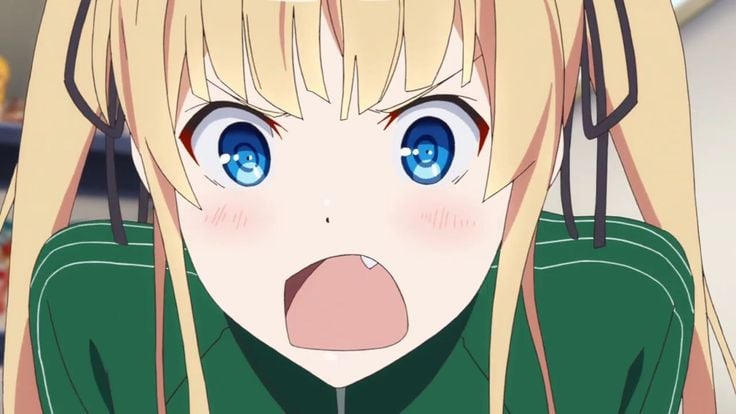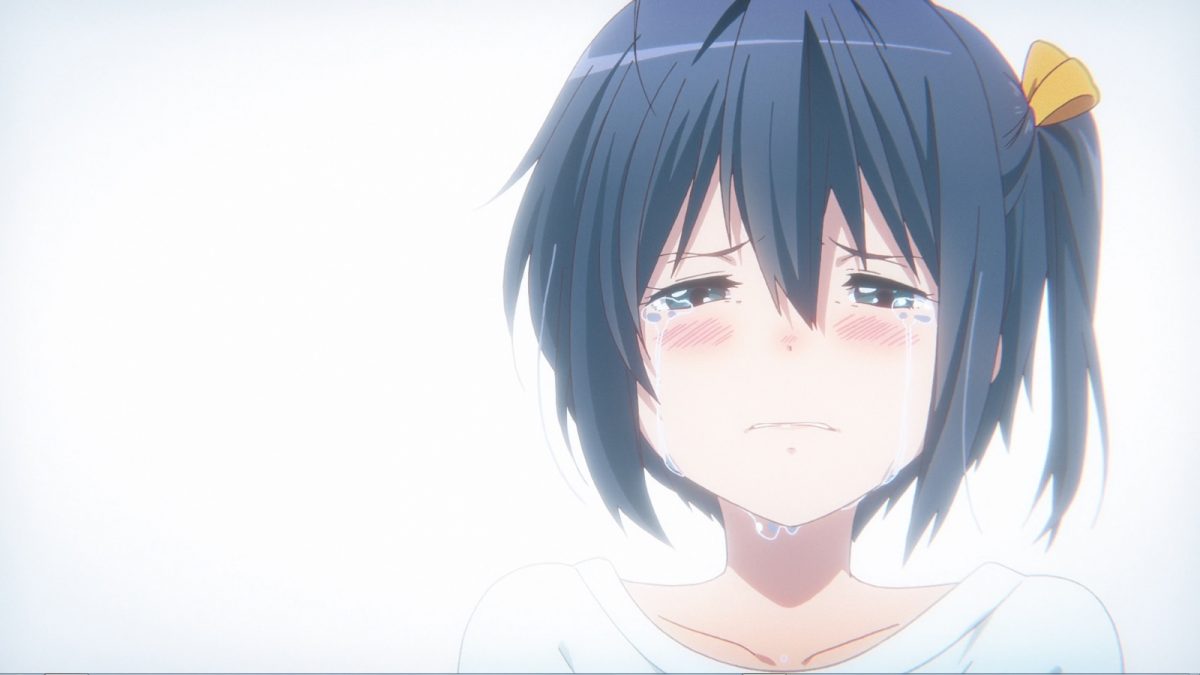Last time I wrote about ways that U.S. companies use the imagery of America to sell products in Japan, sometimes overstepping the bounds of cheesiness to create stylized versions of U.S. that don’t actually exist. But America is also quite adept at creating laughable representations of “Japan” for TV and film, too. Once I was watching an episode of Alias with my wife, and there was a horrid scene in which some female spy went to “Japan” (which appeared to be shot in a sushi restaurant about ten minutes from West Hollywood), painted her face white like a “geisha” and proceeded to extract information from her target despite not knowing his language. I was livid that in the 21st century TV producers couldn’t even come close to getting basic imagery right, but my wife was enthralled with it, laughing at each new hilarious plot twist. (She also giggled at the scene in Firefly when Inara washes herself out of a Japanese-looking bucket, which is a sushi-oke or sushi serving tray, something you’d never put soap or water in.) Some movies are obvious parodies of Japan, like Kill Bill, and viewers understand this and adjust their perspective. But when ridiculous versions of Tokyo are served up to viewers in a serious way, with Chinese or Koreans playing Japanese to boot, it kind of gets my gaijin dander up.

Campy imagery of Japan in film and on TV is common.














